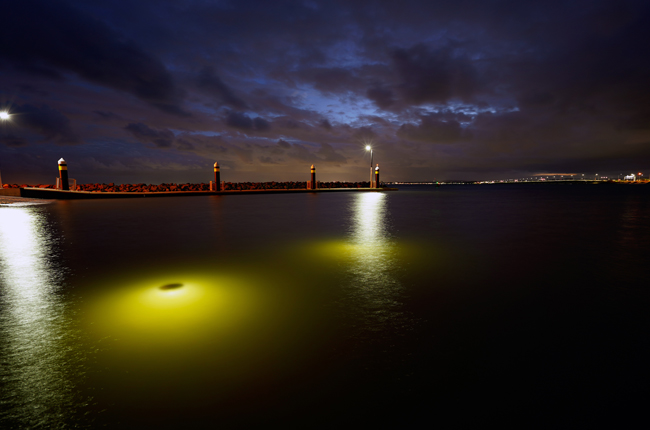Sustainable Procurement
Stand-alone solar lighting in public areas has become popular due to their ease of installation, low impact on the environment, and use of a free renewable power source which can significantly reduce greenhouse gas emissions and mitigate climate change, which is critical to protecting humans, wildlife, and ecosystems.
Sustainable procurement assesses the solar lights whole-of-life cost (cradle to grave), and refers to estimating its environmental impact such as, the use of recycled materials, and capability of the product to be reused, recycled, or repurposed within a circular economy.
SBL solar lights are the sustainable option for commercial use as they have a long-life cycle and will light up even in the most challenging locations, with no direct sunlight or prone to flooding and being submersed underwater.
It is important to keep in mind when buying solar lights that the unit price is not the only criteria when measuring value for money.
Life Cycle Cost Analysis (LCCA)
LCCA is used to evaluate the overall cost of a solar light including all costs from initial purchase (CAPEX) through the solar lights entire lifespan, including operation, maintenance, and eventual disposal and/or replacement (OPEX) and should consider:
PRODUCT: Design, materials used in manufacture, overall quality, and is it fit for purpose or are there limitations that could expose compliance or liability risk.
WARRANTY TERM: Length of guaranteed time, critical components not included or covered for the full term.
CAPEX: Acquisition costs, including unit price, packaging, delivery, installation, and commissioning cost.
OPEX:
- Service costs: Routine maintenance, and inspection frequency.
- Maintenance costs: Repairs, upkeep, and upgrades of asset to maintain value, the warranty term coverage including exclusions of any critical components.
- Replacement costs: Spare and replacement parts, labour cost, or complete asset.
- Disposal costs: Decommissioning, safe asset disposal and removal, and any potential for up/recycling.
Warranty Term Vs. Life Cycle
A commercial grade solar lighting product’s warranty term can provide an expected life cycle to calculate its whole-of-life cost.
Cost assumptions to be assessed on a warranty term life-cycle scenario over a 10 year in-situ period are listed here.
Short life-cycle products with a 1 to 5 year warranty
- Require 2-5 new asset replacements (in most cases)
- Have a battery warranty from 1-3 years (in most cases)
- Not warrant the pole/stem (in most cases)
- Incur higher transportation costs (2-5 times more)
- Incur additional labour costs (2-5 times more)
- Incur higher disposal costs (2-5 times more)
- Create excessive waste and environmental impacts.
Long life-cycle products have a minimum 10-year warranty
- Require no replacement within 10 years
- Have a single transportation cost
- Have a single installation labour cost
- Have a very low disposal cost
- Have a minimal environmental impact
- Have a pole/stem life cycle exceeding 20 years in-situ.
Industry Leading Warranty
The SBL solar lighting product line in the 2 Series comes with an industry leading 10-year product and performance warranty that includes the battery, pole/stem, even if there are submersion events.

